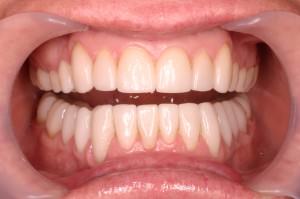CASE STUDY DETAILS

PATIENT BACKGROUND
NEUROMUSCULAR PORTRAIT
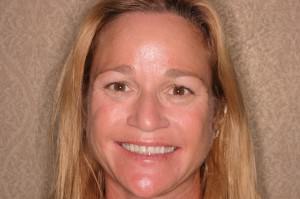
BEFORE

Another issue that concerned Dr Ueckert was the head tilt that Jane exhibited. By examining Jane’s before and after portraits, there is a noticeable tilt to her left side. This canted head position is a common sign that the lower jaw to upper jaw relationship has moved away from its optimal bite position.
COURSE OF TREATMENT
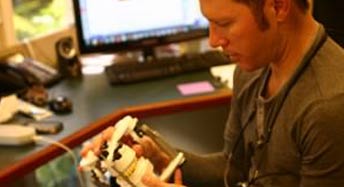
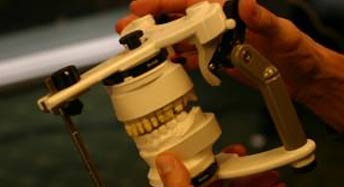
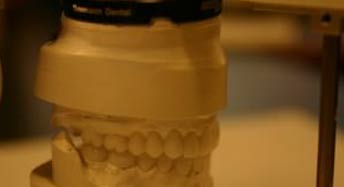
Neuromuscular – Wax Model Articulation
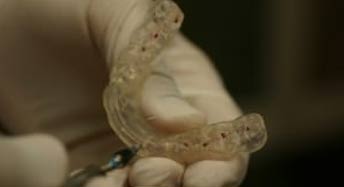
Neuromuscular – Orthotic for Perfect Occlusion
With full time use of the corrective orthotic, Jane’s symptoms became diminished. They still occurred, but with less intensity and frequency. This was her first sign that treatment was working. She no longer needed to sleep with the night guard and was waking up in the morning feeling rested, without any pain or soreness. As her new bite position stabilized, it was time for discussion on how to finalize her optimized bite position.
Since she had initially been unhappy with the appearance of her teeth, porcelain restorations were chosen. Dr. Ueckert used porcelain crowns give Jane the smile she wanted and support the jaw in its new optimized position. Finalizing Jane’s bite with this restoration process gave her the natural look she wanted, while allowing her body to function in an optimal manner without pain. This is the importance of an ideal neuromuscular bite position.
TREATMENT OUTCOME
Neuromuscular Smile: Front
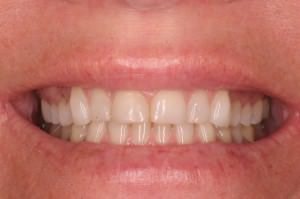
BEFORE
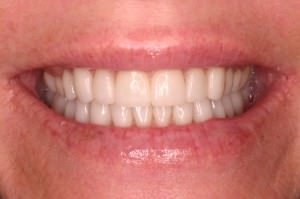
Neuromuscular Smile: Right
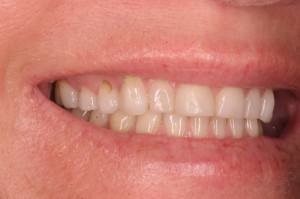
BEFORE
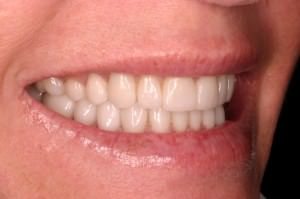
Neuromuscular Retractrd Treatment
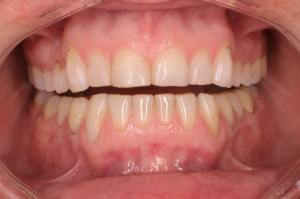
BEFORE
